Cano's CastleDominic "Cano" Espinoza (b. 1948)
Extant
10th Avenue and State Street, Antonito, Colorado, 81120, United States
About the Artist/Site
Born in tiny Guadalupe, Colorado, Dominic was one of eleven siblings. His mother worked in the school cafeteria, and as a child he would help carry daily food waste home for their pigs. Family history recollections, other historical accounts, and a suspect 1950s records-consuming courthouse fire convinced Espinoza that in the 1920s local authorities conspired to murder his great uncle and steal most of his family’s once vast land holdings: he refers to it as “the heist.”
Espinoza graduated from high school a year before enlisting in the army in 1968, and he returned from Vietnam to southern Colorado after his service in 1970. He moved into a small ramshackle house in tiny Conejos, and, with jobs still scarce, went back to work in the potato fields of his youth. On the edge of a vast desert plain, Conejos boasts Colorado’s oldest church: the imposing two bell-towered Our Lady of Guadalupe Parish Church, which is a Sunday bicycle ride of two kilometers from Dominic’s current home in Antonito. A small public lawn in the center of Conejos surrounds a stone shrine to María of Guadalupe, attended by the silhouette of a kneeling wooden soldier. A painting of the miraculous apparition appears on the nearby water tank.
Like many veterans, Espinoza reveals few war memories, but does speak of his best foot-soldier friend being killed with “one month left in country,” shortly before he himself was discharged. He also speaks of “being fascinated” by the [Buddhist] temples he saw in Vietnam, and later thought of building his own castle as “my way of building something for our religion.” Upon his return from Vietnam, he used scavenged materials to improve his new house in Conejos, and taught himself construction skills. Yet a glistening roof-covering of flattened aluminum cans did not prevent it from burning down. Suspiciously, in his view, Espinoza was away when the fire started, and reports were that firemen with dry hoses stood back while bullets popped-off inside “like firecrackers” and allowed his home to be consumed. Shaken by the house fire and convinced that his recent “heist” inquiries had invited arson, Espinoza decided to rebuild the primary structures out of stone “inside and outside,” and says that the (regal) pink volcanic rock he brought back from New Mexico “almost forced [him] to build a castle.” Wooden members are sheathed in sheets of applied metal scrap, and the hundreds of cut-off aluminum can bottoms are now decorative embellishments to the underlying flame-retardant surfaces. He refers to the castle as a “sanctuary” structure; widespread anxieties over “Y2K” persuaded him to have it mostly finished ahead of the new century.
To care for his aging grandparents in their home, Espinoza (nicknamed “Cano” by his niece) and his mother moved into his present house in 1980. Needing to stay close by, he found himself with time and yard space enough to transform his initial small utilitarian structures into a castle – to finally erect his response to the Asian temples he had seen more than a decade earlier. After first digging an underground potato cellar on the site, castle construction began in earnest that year when Espinoza built a steam room above the cellar. He improvised the shape of the structure as found materials presented themselves over the course of twenty years more. “[I] just followed where one board ends, looking at it, and imagining the board is gonna throw me this way--oh, I think that looks good-- I’ll just follow that,” he says. He calls the taller and rounder of the central towers “the King,” and its amply-crowned angular consort, “the Queen.” Bejeweled with glittering circles of aluminum can-bottom and colored glass-bottle relief, they rose slowly over surrounding houses like a pair of asymmetrical Gothic towers. South of the King is the low rectangular “Rook,” and, turned 90º toward the street to the north, the flag-bearing “Knight” completes the castle grouping. To make the boxy Knight appear more equine, he plans to add a dragon head with a mane of hubcaps and cans. Espinoza says he had no preconceived thoughts of building monumental board pieces, and that the chess names occurred to him only after the castle structures had taken shape. During my 2010 visit, Espinoza sorted through the long-scrambled web of electrical cords inside the King and Queen towers to light dim interior lights. Surrounded by strings of bottles rattling in twilight wind gusts, and seated on the top steps of his home’s second story, Espinoza beat on a penetrating pair of “native” drums while about a dozen neighbors gathered in the street, transfixed as the castle incandesced brightly against the falling sky.
Espinoza embedded his chain-link perimeter fence into the same orange rocks he brought back from the desert to build the castle. Now inside castle walls, his corner house is to the left as visitors enter through an arched rebar, aluminum-plated gateway, and the castle fills out the block-wide lot to a dirt alleyway on the right. Using ropes, he is able to climb up inside, but the castle structures have few floors and are not inhabitable: it is more shrine than building. Wire letters under a protective overhang toward the center of the King read La Virgen De Guadalupe; pervasive in Hispanic Catholic culture, the vision of the Virgin Mary standing on a black crescent moon surrounded by emanating rays is a sanctioned miracle in the acheiropoietic tradition, first appearing inside the peasant boy Juan Diego’s cloak full of flowers after he witnessed glowing apparitions of Mary near Mexico City in 1531. Espinoza frequently places fresh flowers near his several Mary figurines— including a concrete Virgin of Guadalupe sculpture enshrined in a vertical bathtub across from the castle.
Twisted wire-formed letters near the top of the castle spell “Jesus Cristo,” and sometimes when Espinoza “looks real close” at his castle, he sees the crucified face of Jesus looking back. He built in no such anthropomorphic features, but to his eyes the castle becomes an acheiropoieton – a three-story, embossed metal icon image of Christ “created without human hands.” Embodying the vision he sees of Christ “when he had his thorns on,” his head and shoulders slump, and then, as if having described a fleeting vision of Veronica’s Veil rippling in the Colorado breezes, he looks up, “so I have a different image of the castle. We call it “the castle,” but still it’s something that God made, he just used me, I can’t explain it.”
Espinoza doesn’t own a car, phone or “icebox,” and would bicycle to the grocery store when his garden couldn’t provide fresh food. He believes in the homeopathic use of the aloe vera plant to prevent and cure cancers, doesn’t see doctors, and is convinced that most bodily ills come from unnatural or contaminated foods and minds. In front of the castle wall two large “arrows from heaven” carry the messages: “ALCOHOL + TOBACOO IS KILLS” and “MARYJANE IS HEALING.” Undiminished by English misspellings, a rectangular board resembling a target with blue concentric circles around a small red center circle hangs from a chain between the arrows and symbolizes his message: “pureness of heart-- keeping away from addiction.” Nearby, empty liquor bottles displayed on a raised plank under a weathered “SALOON” sign evoke the “effects of alcohol and the people it destroyed.” Behind it, and still outside the castle walls, more empty liquor bottles are interspersed with pointed metal skewers around another found sign: “HELiSPOT.” Calling himself “a survivor” Cano believes that the rare “ring-tailed deer” he sometimes sees around the castle at dusk are “my angels looking after me.”
Espinoza’s castle faces undeveloped desert, but a sporadic irrigation run-off stream across the street has allowed him to build an animal farm and a tire-fence enclosed vegetable garden. Around 2003, the landowner gave verbal approval to use the land on which Espinoza also built a brick-surfaced basketball court for the neighborhood, a sweat lodge “out of tree limbs and mud,” an adobe horno oven, and open tepee structures that conjure the presence of long-vanquished ancestors. In 2014, however, a new landowner put up a barbed-wire fence and evicted Cano, prohibiting access to the property and to his farm/garden/structures. At the present time, the status of his site is uncertain, and Espinoza is concerned that the city may make demands on him that he is unable to fulfill; they have already published a mandate “compelling the removal of…junk of all kinds [including certain structures].” This uncertainty is discouraging him from beginning new projects or expanding existing ones. However, he still values visitors, and typically emerges from his house with a complimentary signed photo reproduction and a warm greeting.
~Fred Scruton
Update: Cano's Castle caught fire and suffered extensive damage January 2022. The fire primarily affected the residence, and the two towers remained undamaged. Espinoza was not harmed in the fire.
Contributors
Map & Site Information
10th Avenue and State Street
Antonito, Colorado, 81120
us
Latitude/Longitude: 37.0770243 / -106.0059453
Nearby Environments


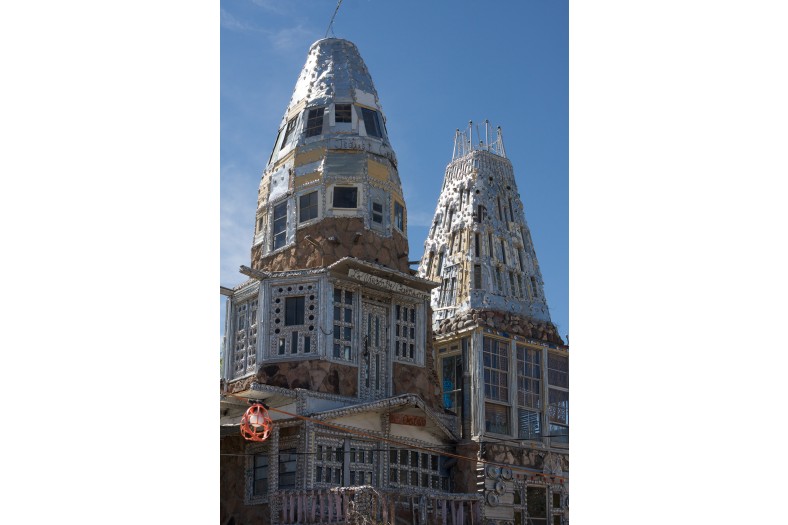
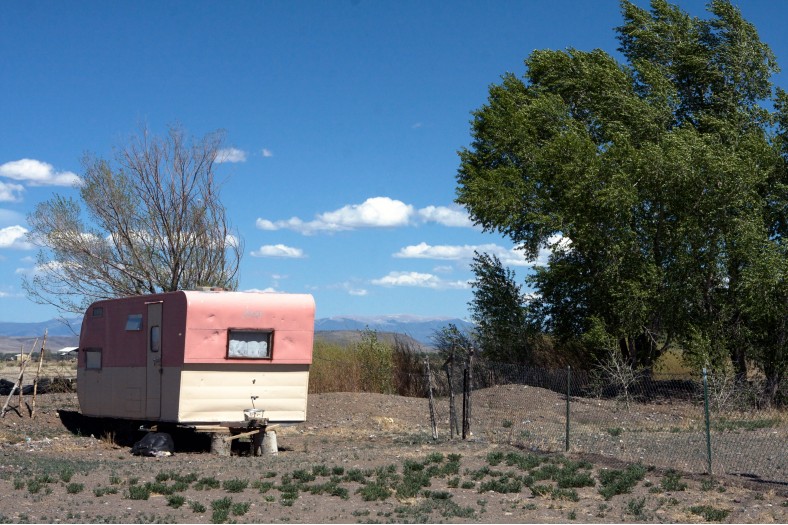
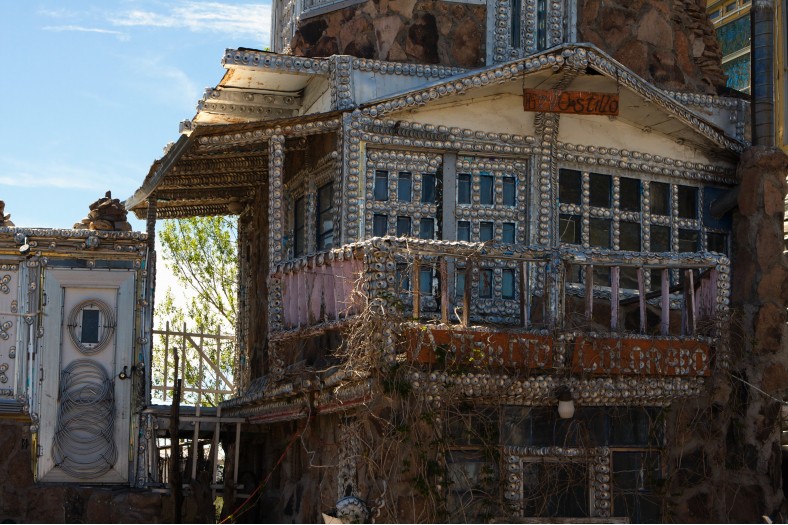
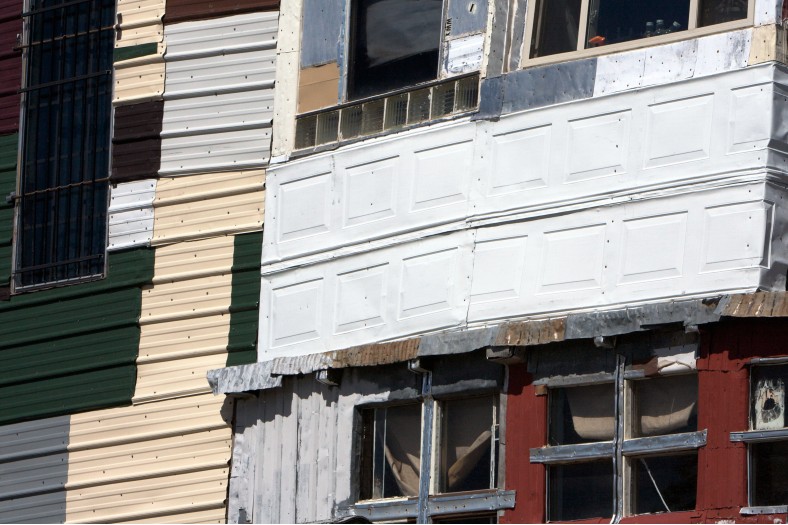
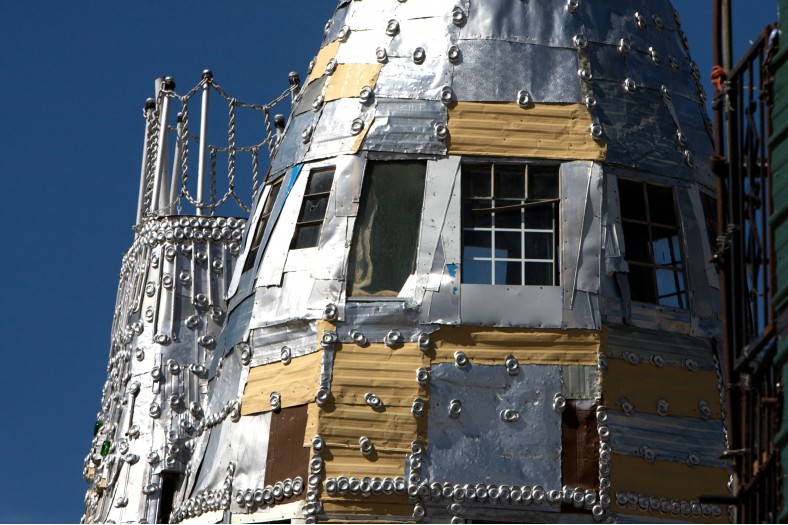
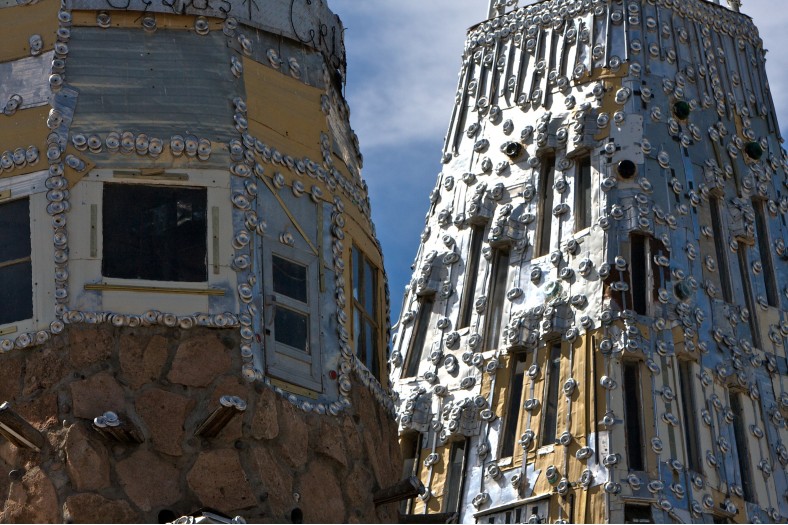
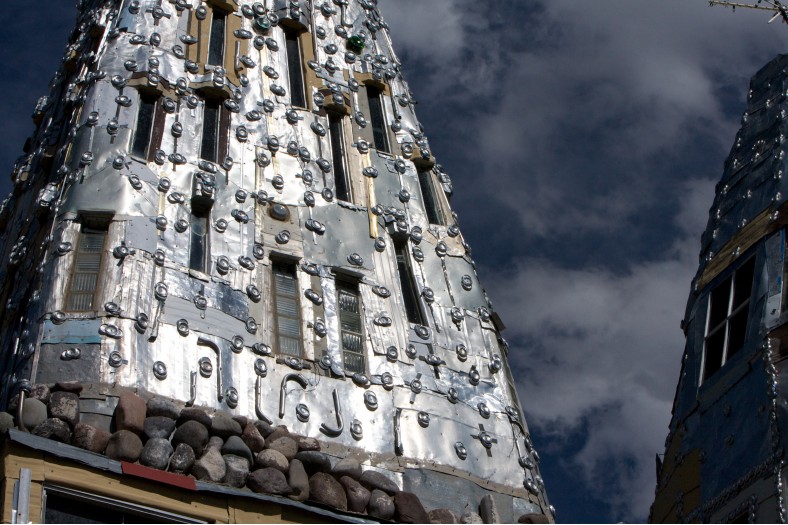
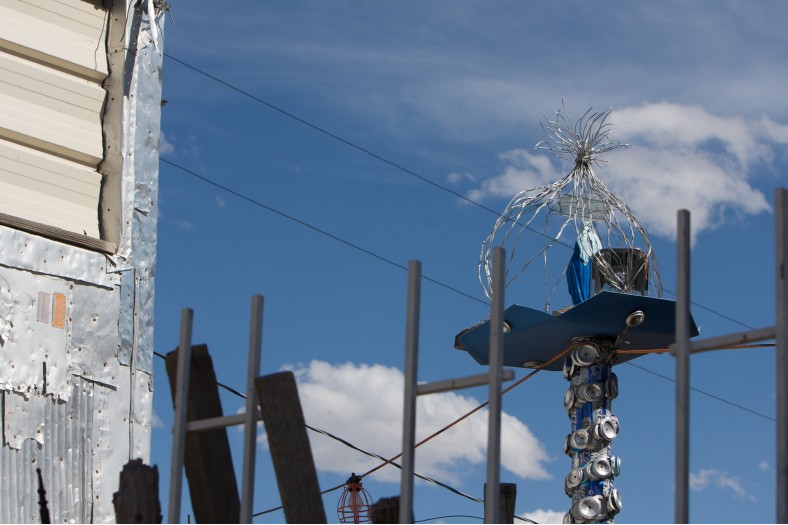
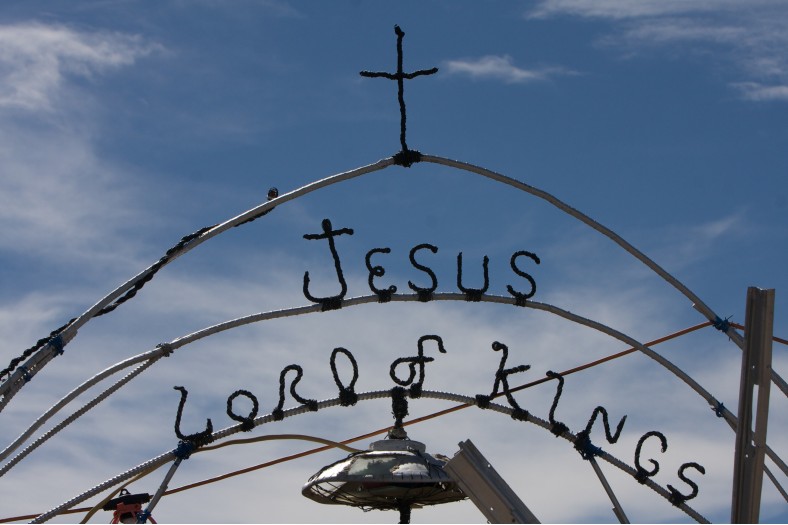
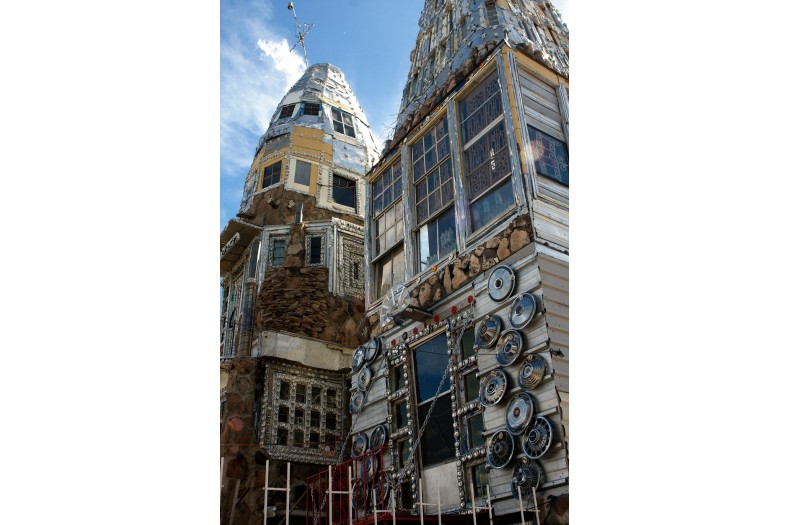
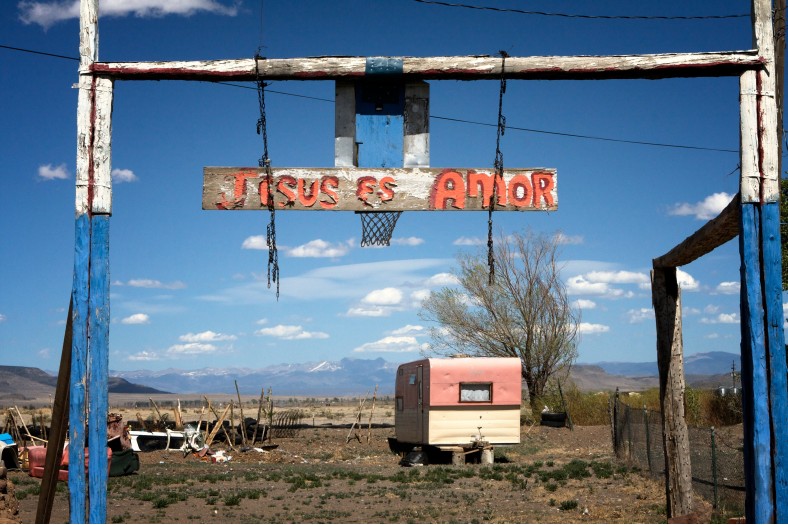
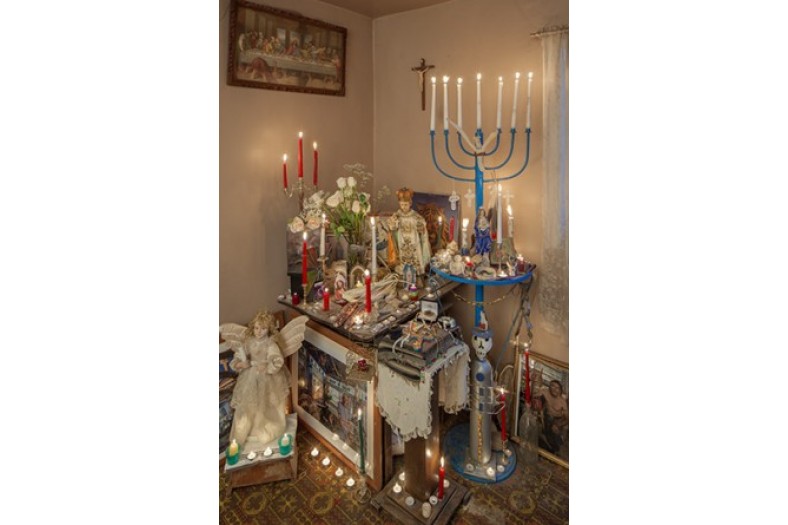
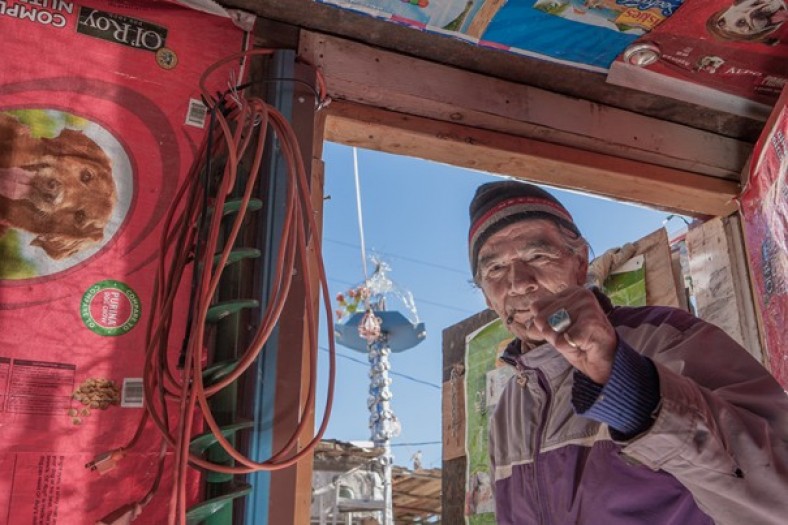
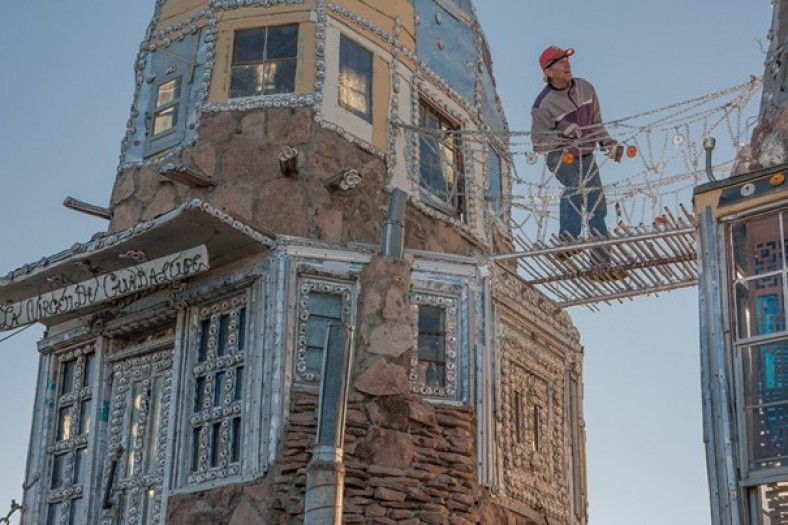
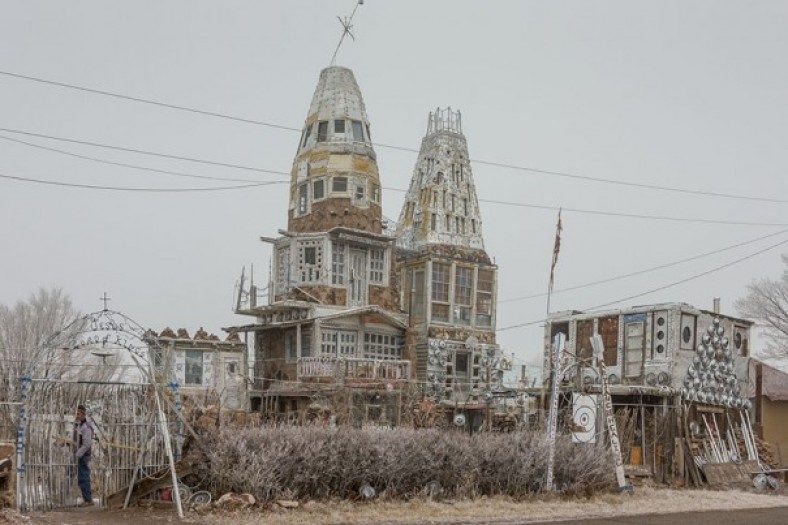

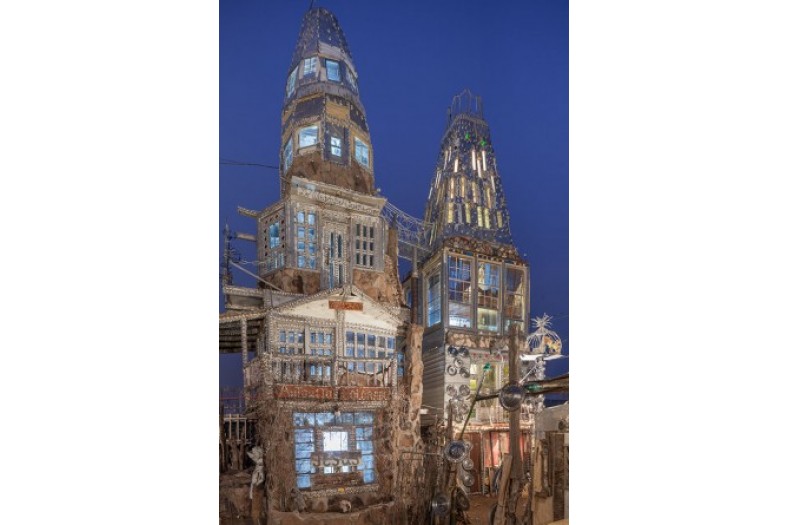
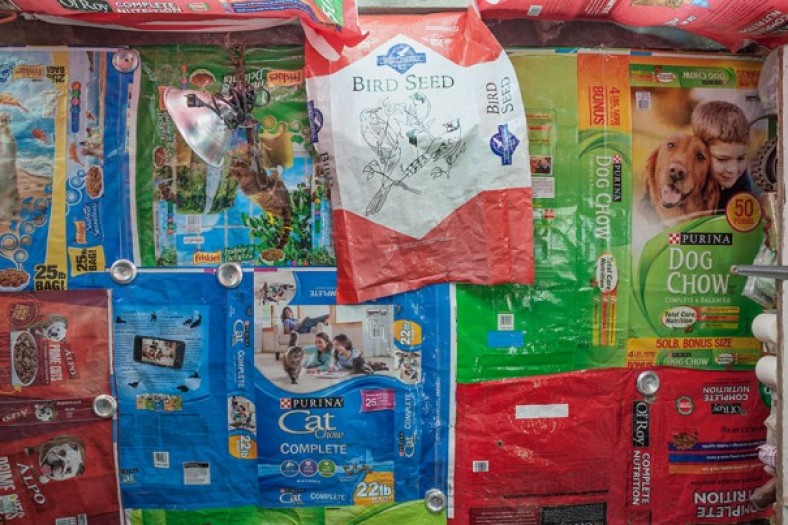
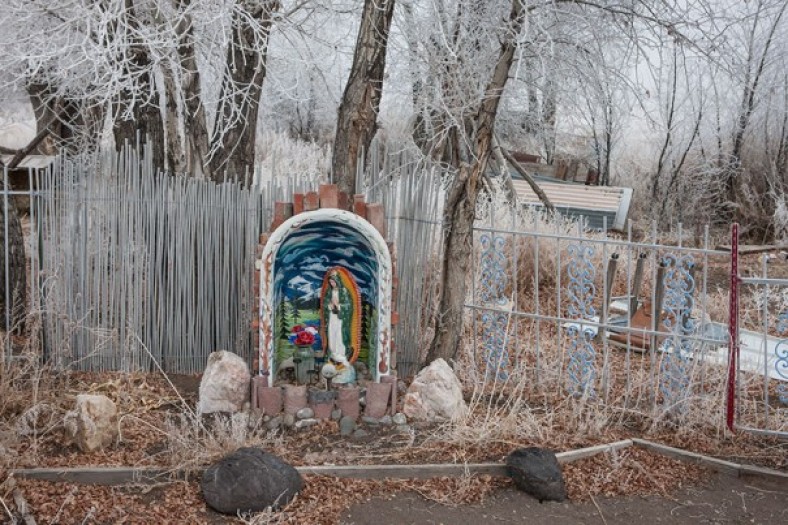
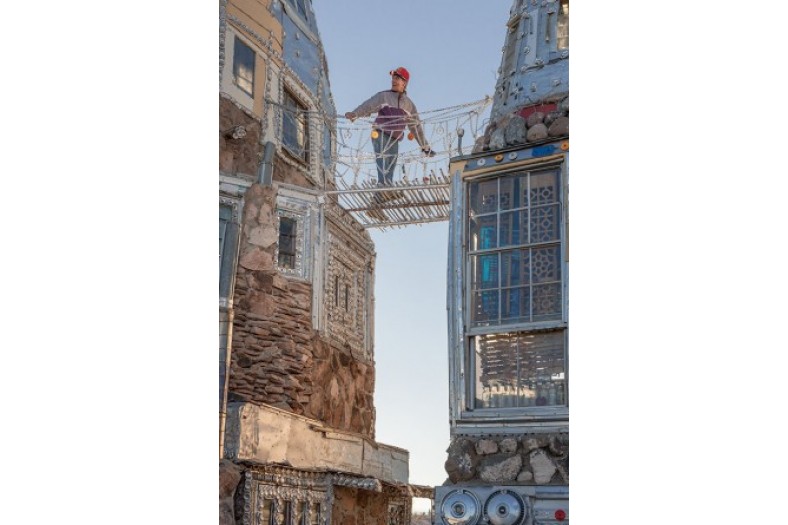


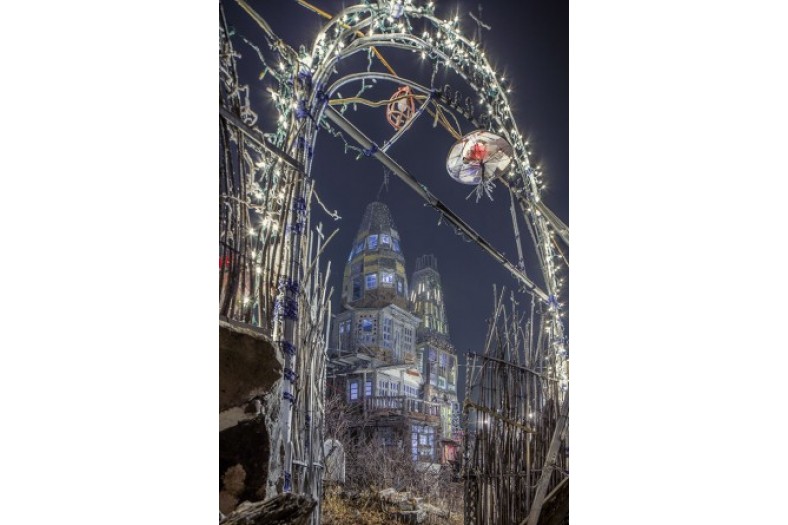
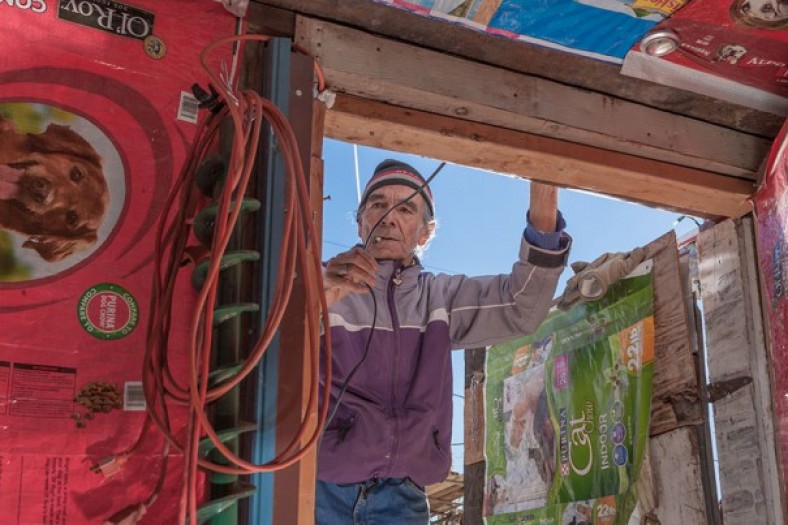
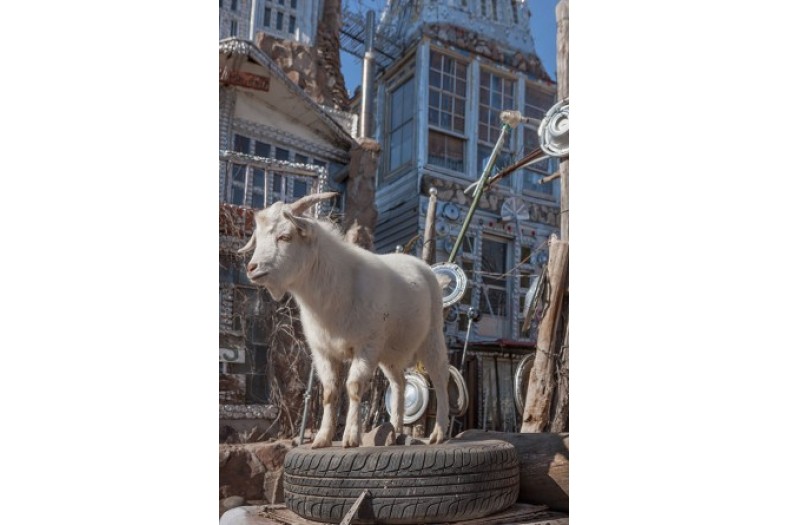
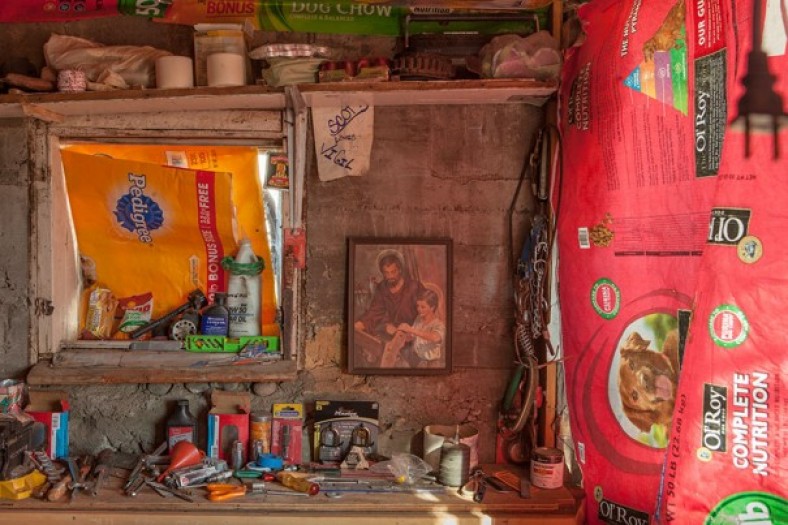
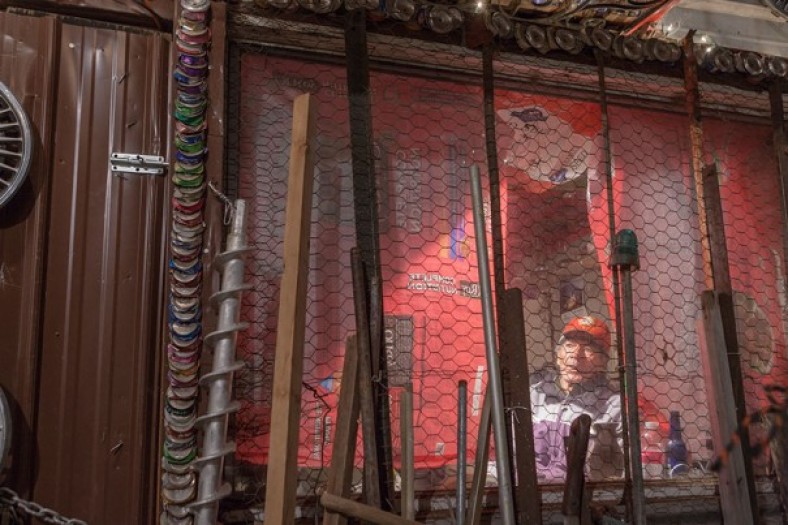
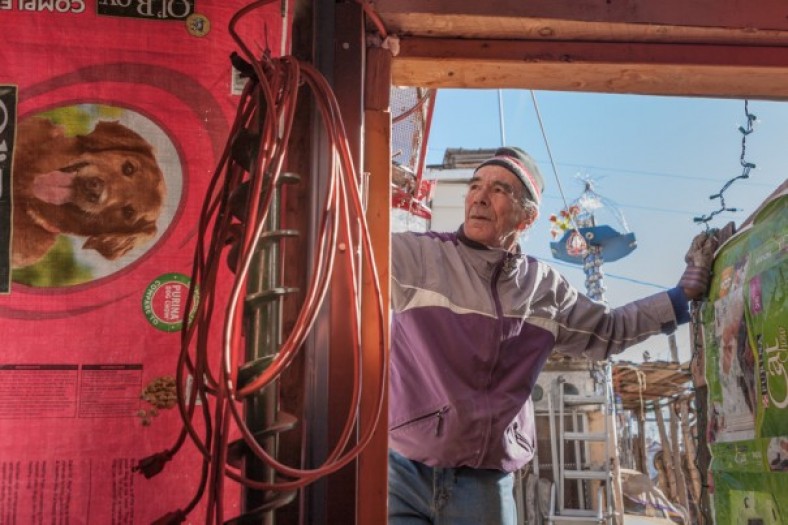
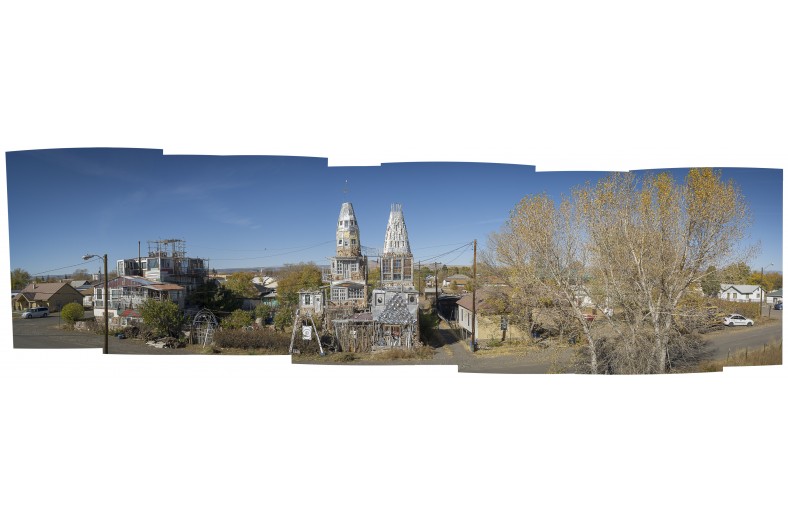
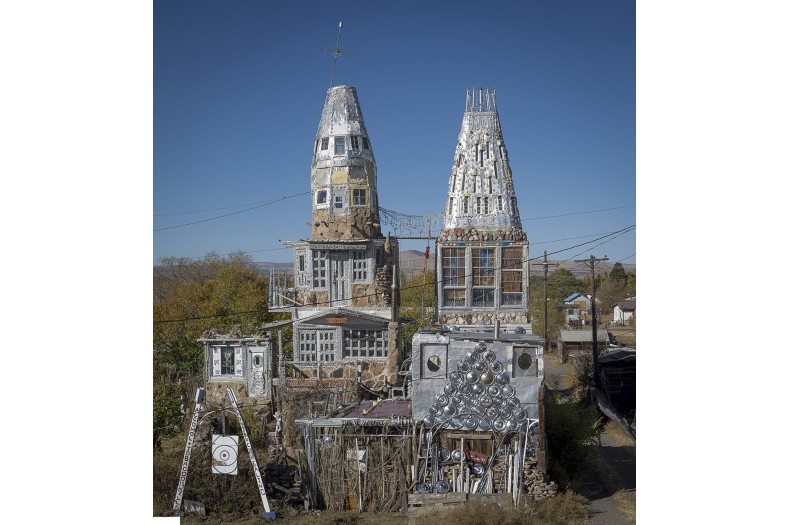
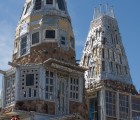
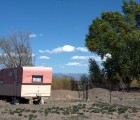
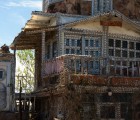
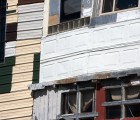
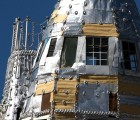
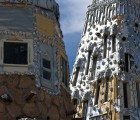
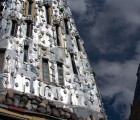
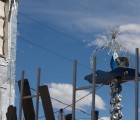
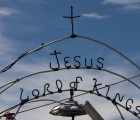
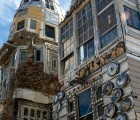
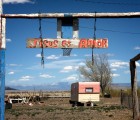
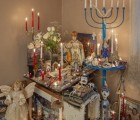
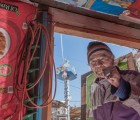
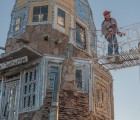
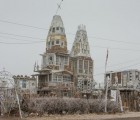

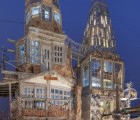
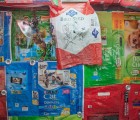
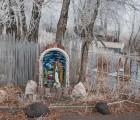
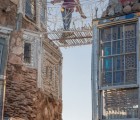


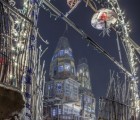
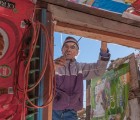
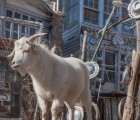
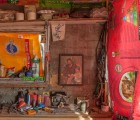
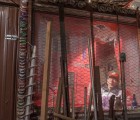
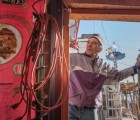
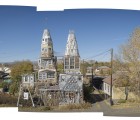
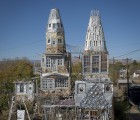

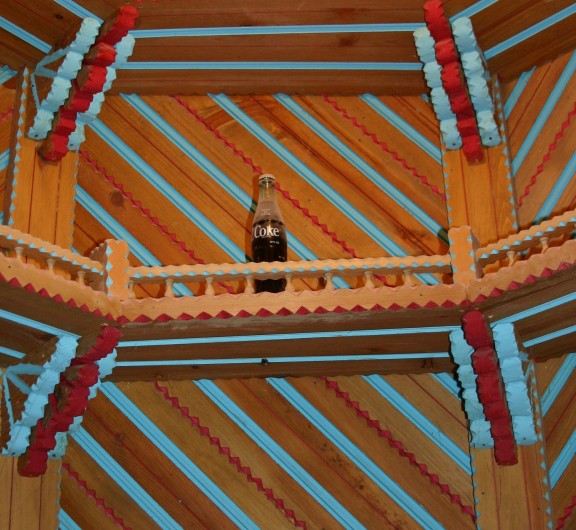

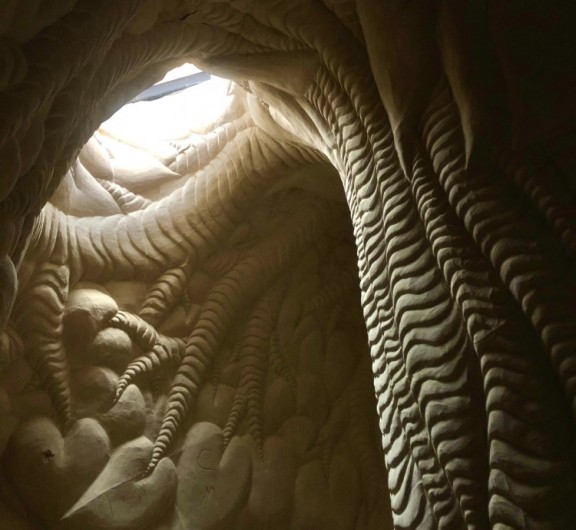
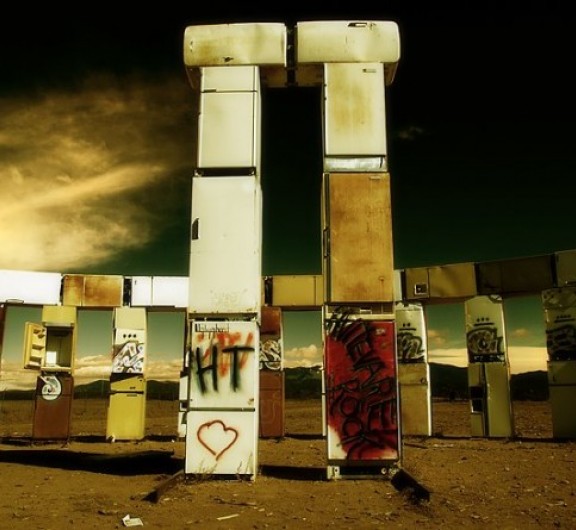
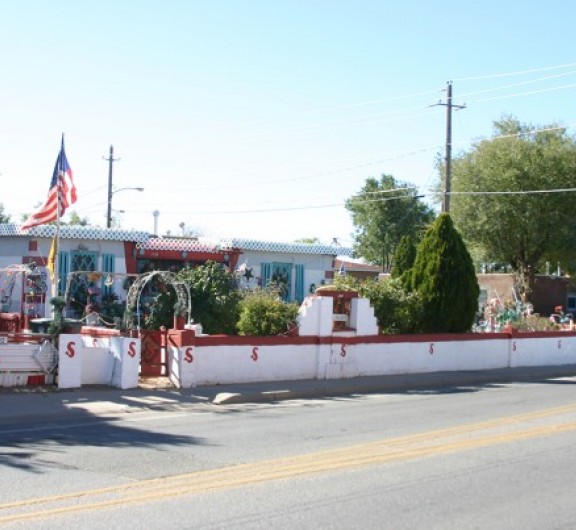

Post your comment
Comments
No one has commented on this page yet.